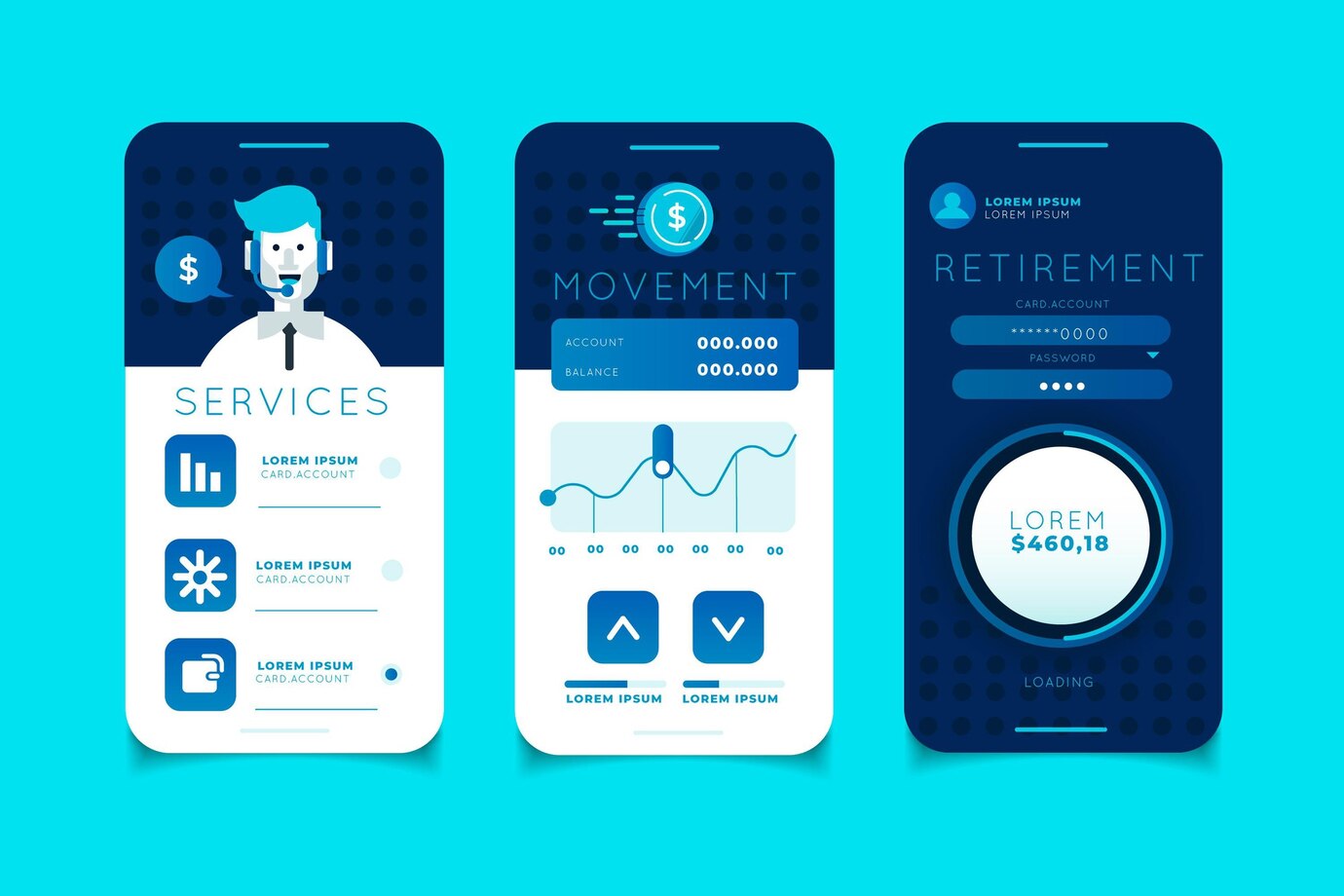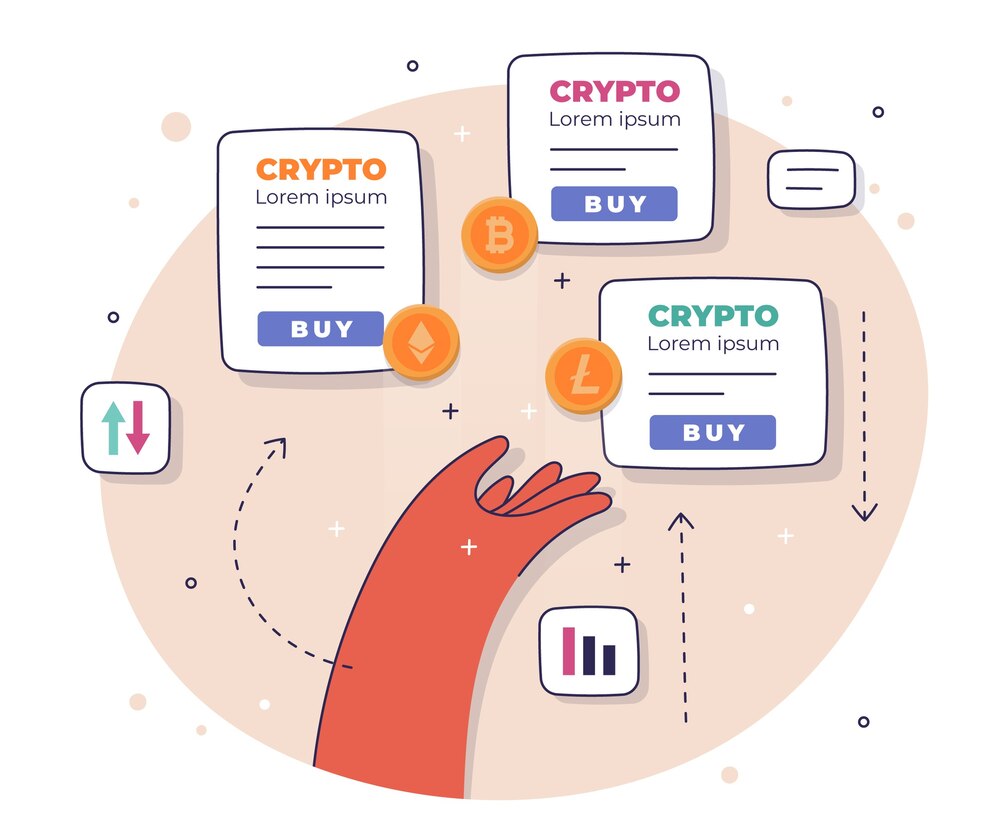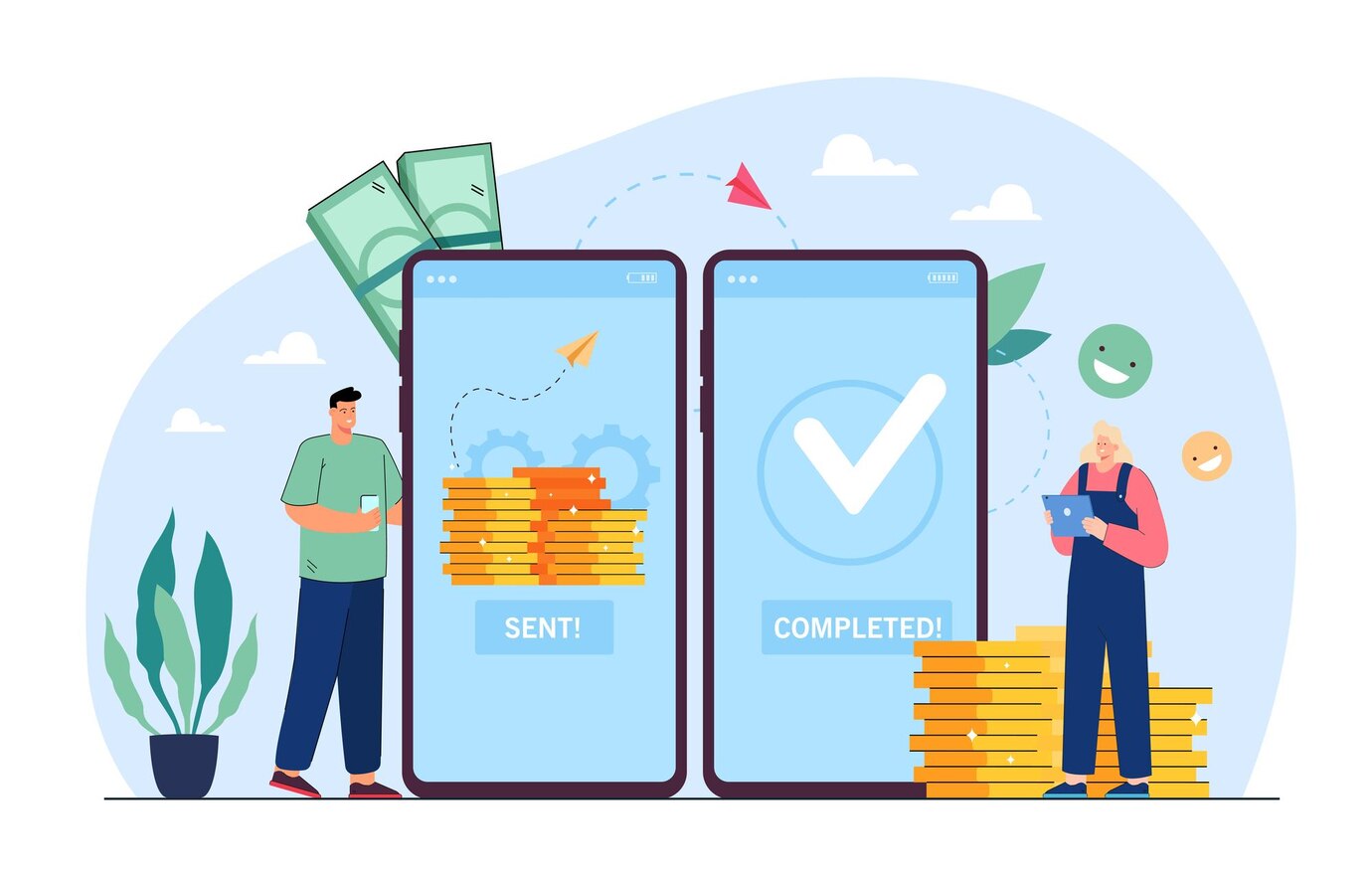How to Choose the Right mobile app Monetization Model
The mobile app industry has grown exponentially, creating a competitive market where success often depends on how well apps generate revenue. For mobile app development, selecting the right monetization model is critical to achieving financial sustainability while ensuring a positive user experience. This guide explores key factors to consider when choosing an app monetization strategy.
Understanding Your App’s Core Value

The first step for mobile app development is to understand the core value their app offers. Is the app solving a specific problem, entertaining users, or providing a utility service? Knowing this helps align the monetization model with user expectations. For example, a productivity app may benefit from a subscription model, while a gaming app might perform better with in-app purchases.
Analyzing Target Audience and Market Trends

Successful monetization depends heavily on understanding your target audience. Consider demographic factors such as age, geographic location, and spending behavior. Younger audiences often prefer freemium models, while business users may lean toward subscription-based apps. Stay updated on market trends, as user preferences evolve rapidly in the mobile app industry.
Several monetization models exist, each with distinct advantages and challenges:

Model:
model involves offering a basic version of the app for free while charging for premium features. It works well when the core app can attract a large user base while incentivizing upgrades.
In-App Advertising:
apps using this model display ads to generate revenue. mobile app development should ensure that ads are relevant and non-intrusive to avoid alienating users.
In-App Purchases:
This model is popular among game developers. Users can purchase virtual goods, upgrades, or additional content within the app. It requires a well-designed app economy to maximize revenue.
Subscription Model:
Charging users on a recurring basis works best for apps offering ongoing value, such as streaming services or fitness platforms. Consistent updates and new features help maintain subscriptions.Paid app Model:
Charging a one-time download fee can be effective if the app provides unique value that users are willing to pay for upfront. This model works well when targeting niche markets.
Considering User Experience

Maintaining a balance between monetization and user experience is essential. Intrusive ads, aggressive in-app purchases, or expensive subscriptions can drive users away. Conduct user testing to determine how monetization features impact app usability and adjust accordingly.
Testing and Optimization

mobile app development should continuously test different monetization strategies. Use analytics to track revenue performance, user engagement, and retention rates. A/B testing can reveal which models work best for specific user segments, allowing for data-driven decisions.
Compliance and Legal Considerations

App monetization must comply with legal and platform-specific guidelines. Review policies from app stores like Google Play and Apple’s mobile app Store to avoid violations. Consider data privacy laws, especially when running targeted ads or collecting user data.
Scalability and Future Growth

Choose a monetization model that supports long-term growth. An mobile app revenue potential should increase as its user base expands. Consider scalable models like subscriptions or in-app purchases that grow with user engagement.
Conclusion

For mobile app development, selecting the right monetization model involves evaluating the mobile app unique value, understanding the target audience, and balancing revenue generation with user satisfaction. A well-chosen monetization strategy can turn a promising mobile app into a sustainable business, driving growth and success in a competitive digital market.






